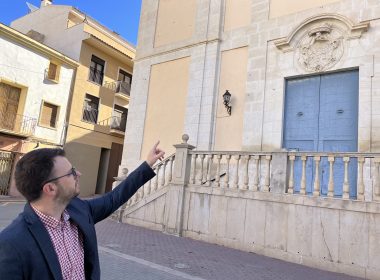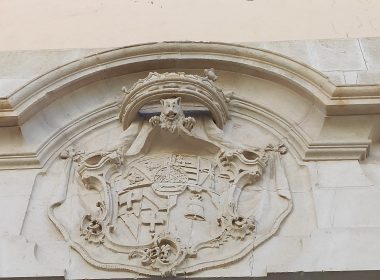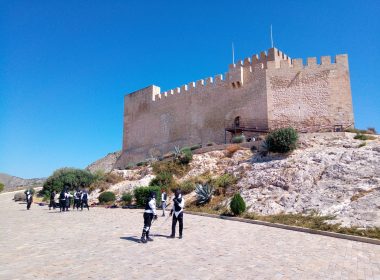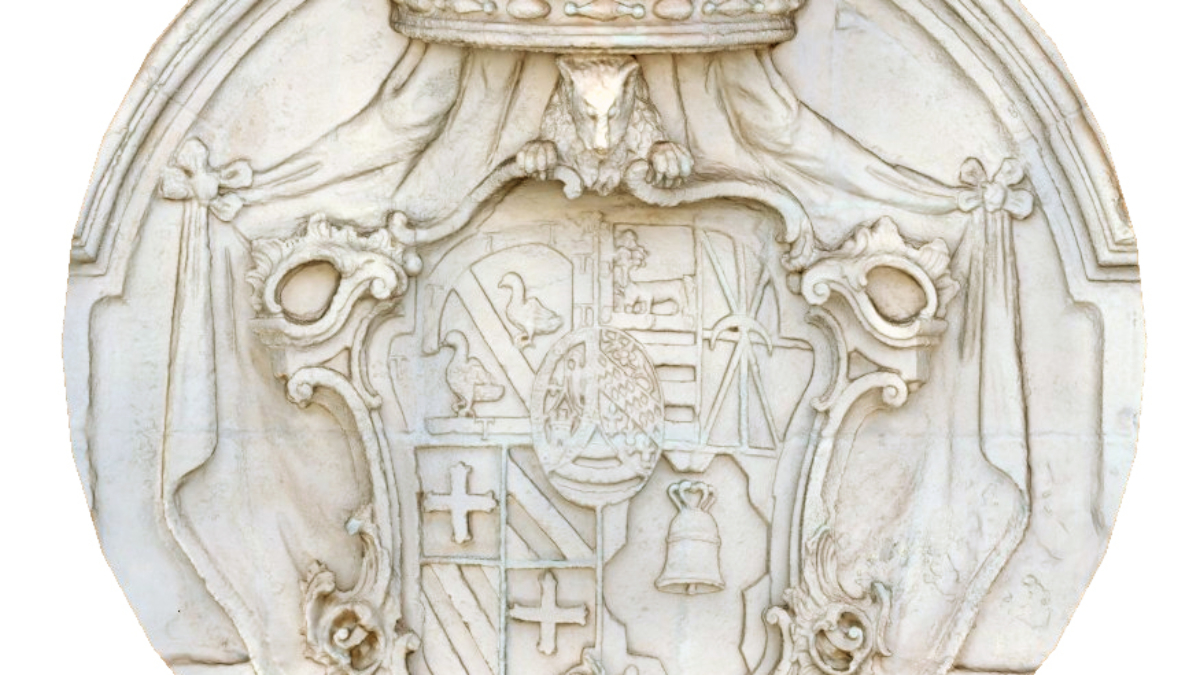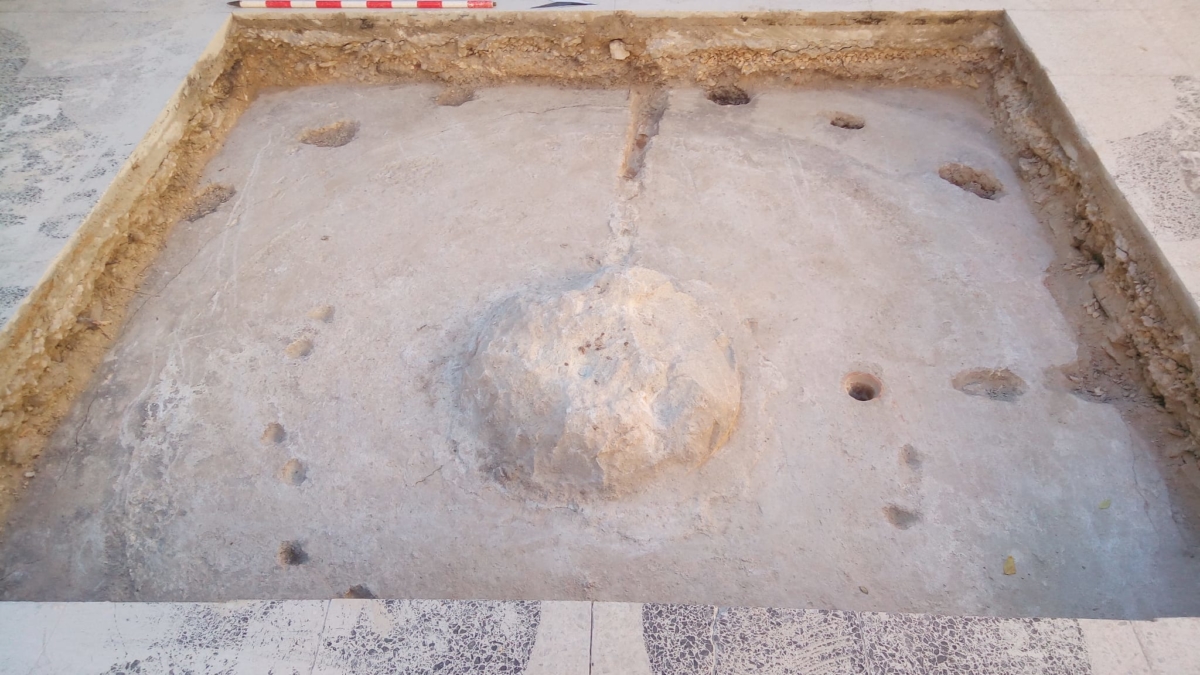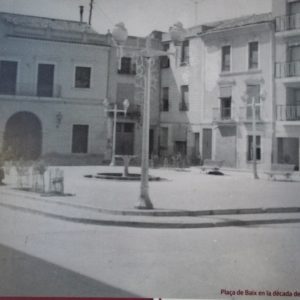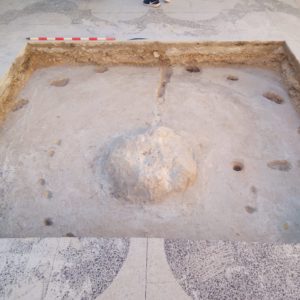The current parish church of San Bartolomé, Apostle was designed by the architect Francisco Sánchez following the classicist style, in which a balance is proposed in the proportions of the building and in the decoration, inspired by classical architecture. It was built over the old one in two phases: the first began in 1779 and finished in 1783, being blessed on 23rd August 1783 by D. José Tormo, bishop of Orihuela, and the second concluded the work on the church under the direction of the architect Francisco Morell, between 1859 and 1863, with the financial support of Queen Isabel II.
The heraldic coat of arms of D. Francisco Javier Arias Dávila Centurión, IX Count of Puñonrostro, IX Count of Elda, VIII Count of Anna, VII Marquis of Noguera and III Marquis of Casassola stand out on the façade. He died shortly after the completion of the first phase of the church (1783).
The coat of arms is located in a principal position because he was the promoter of the construction of the parish church of San Bartolomé, Apostle together with the bishop of Orihuela D. José Tormo. It is stamped with a crown of marquis and crest with the representation of a wolf showing its head and claws.
The coats of arms of the noble families from which the Count descends are represented on the coat of arms, making it a true family tree.
